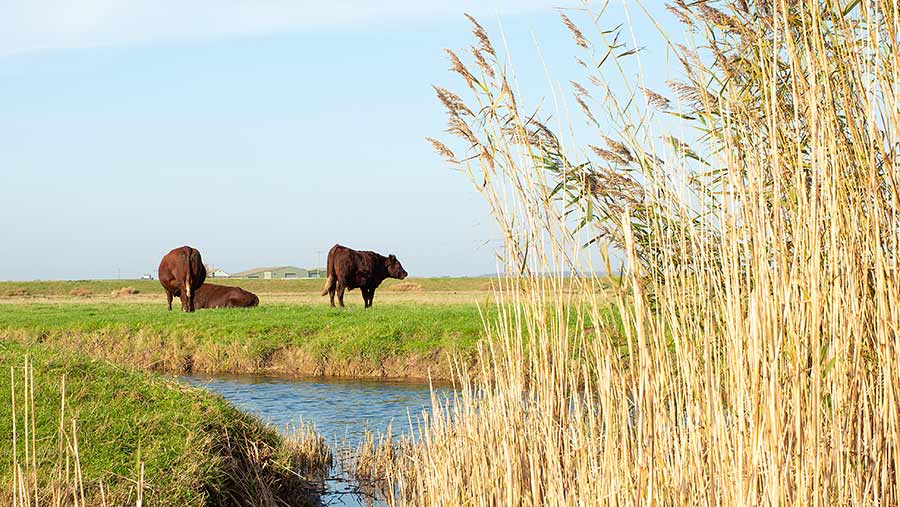Mid-Tier Countryside Stewardship 2024 now open for applications
 © John Gomez/Adobe Stock
© John Gomez/Adobe Stock Farmers are being encouraged to sign up to 2024 Mid-Tier Countryside Stewardship agreements, which opened for application on Tuesday 21 March, to help protect the natural environment and to offset cuts to their Basic Payment Scheme money.
As announced earlier this year, revenue payments under Countryside Stewardship (CS) for English farmers have already been increased by an average 10%, while capital payment rates are up by 48%, and these higher rates will continue into the 2024 scheme.
See also: How farmers benefit from higher Countryside Stewardship Capital Grants
Another recent improvement is the removal of the £20,000 cap on the value of capital items for water or air quality, hedgerow and boundary, and natural flood management priorities.
Defra has broadened its CS offer too, with priorities that support natural flood management, and to create more areas of scrub and reduce nitrogen inputs in groundwater.
A “simpler” package of options to improve wildlife for arable, lowland grazing, mixed and upland farmers is also on the table, said a spokesman.
Paperwork
Changes have been made to the application and claim processes to cut down on “burdensome paperwork”, with a promise that these will be processed faster.
Defra said it had also improved its approach to enforcement, “making it fairer and more proportionate”.
Before the end of 2024, further improvements are promised, including about 30 new actions, greater access for tenant farmers, and better access to Higher-Tier options and agreements.
There are already 32,000 CS agreements in place across England – a 94% increase in uptake since 2020 – which includes nearly 26,000 Mid-Tier agreements.
Farmers will received CS payments annually over five years.
Guidance
The launch of the new CS scheme follows the recent publication of updated guidance from Defra on what actions are eligible to run alongside the Sustainable Farming Incentive (SFI).
It explains that eligible land can be entered into a CS revenue option and an SFI standard if the two actions are compatible, though farmers won’t be be paid twice for a similar activity.
For example, land used to establish a cover crop under CS may not be also entered into the arable soils standard under SFI, as it would amount to a double payment.
However, land used for all CS revenue options can be entered into the moorland standard under SFI, because this does not involve physical land management actions, so there is no incompatibility or double funding.
Further guidance can be found online.
